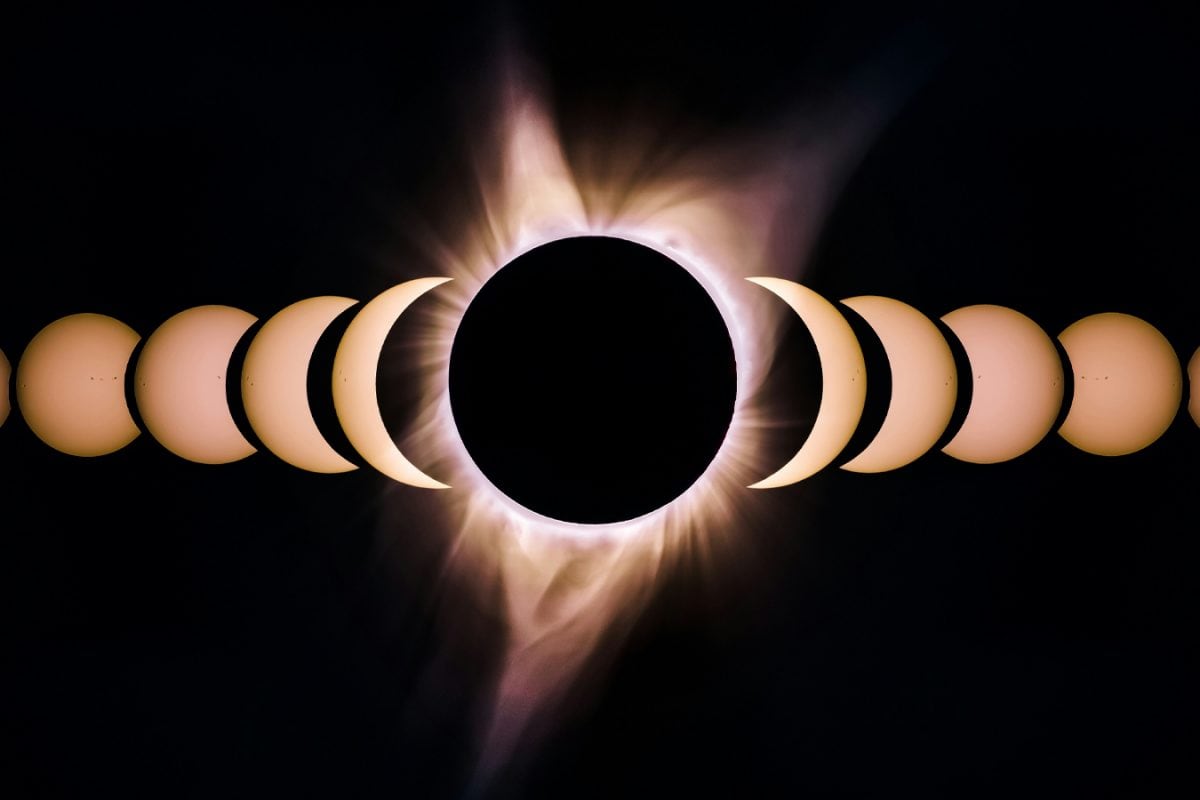Claims circulating online about a solar eclipse occurring today, August 2, 2025, are not entirely accurate. While there isn't a solar eclipse on this specific date, there are indeed upcoming solar eclipses to look forward to. It's important to verify information from reliable sources like NASA to avoid confusion.
Upcoming Solar Eclipses
The next solar eclipse will be a partial eclipse on September 21, 2025. This eclipse will be visible from Australia, Antarctica, and the Pacific and Atlantic Oceans. During a partial solar eclipse, the Moon passes between the Sun and Earth, but they don't align perfectly, so the Moon only partially covers the Sun's disk.
Looking further ahead, a total solar eclipse is scheduled for August 2, 2027. This event, dubbed the "Eclipse of the Century," will be visible over parts of Europe, North Africa, and the Middle East. The "Eclipse of the Century" on August 2, 2027 is expected to last over 6 minutes. The path of totality will pass through North Africa, Southern Europe, and the Middle East.
How to Safely View a Solar Eclipse
It is crucial to view solar eclipses safely to prevent eye damage. Here's how:
- Use Special Solar Filters: The only safe way to look directly at the sun during an eclipse is through special-purpose solar filters, such as eclipse glasses or handheld solar viewers. These filters must comply with the ISO 12312-2 international safety standard. Ordinary sunglasses, even very dark ones, are not safe. Inspect your solar filter before use, and discard it if scratched or damaged.
- Pinhole Projection: An alternative method for safe viewing is pinhole projection. You can make a pinhole projector by poking a small hole in a piece of cardboard and projecting an image of the sun onto a nearby surface. Do not look at the sun through the pinhole. You can also cross your fingers to create a waffle pattern, and the spaces between your fingers will project small images of the sun on the ground.
- Indirect Viewing: Look at the shadow of a leafy tree during a partial eclipse; the spaces between the leaves will project crescent-shaped suns on the ground. A straw hat, colander, or anything with small holes can also be used to project the eclipse.
- During Totality: The only time it is safe to look at the sun without solar filters is during the brief period of totality in a total solar eclipse when the Moon completely obscures the Sun's bright face. As soon as the Sun reappears, use your eclipse glasses again.
- Avoid Unsafe Filters: Never look at the sun through sunglasses, color camera film, smoked glass, or polarizing filters.
- Supervise Children: Always supervise children using solar filters.
- Protect your skin: Wear sunscreen, a hat, and protective clothing to prevent skin damage if you are watching an entire eclipse.
Additional Safety Tips
- Do not use eclipse glasses or handheld viewers with cameras, binoculars, or telescopes. These require different types of solar filters.
- If you normally wear eyeglasses, keep them on and put your eclipse glasses over them.
- Consult an astronomer for guidance on proper solar filters for cameras, binoculars, or telescopes.
- The American Academy of Ophthalmology and the American Astronomical Society recommend using specially-designed solar eclipse glasses and viewers from certified manufacturers.
While a total solar eclipse won't occur today, August 2, 2025, remember to stay informed about upcoming celestial events and prioritize safety when viewing any solar eclipse.

